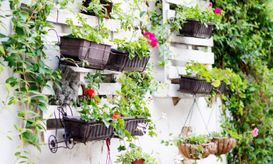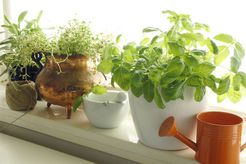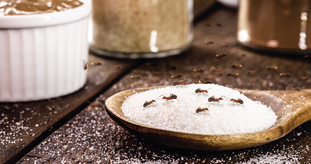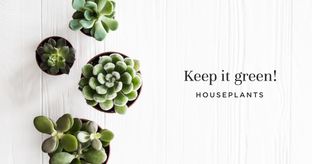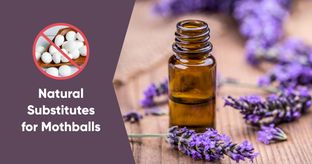In This Article
- #1: Grow Coriander or Dhania at Home
- #2: Grow Mint or Pudina at Home
- #3: Grow Basil or Tulsi at Home
- #4: Grow Curry Leaves at Home
- #5: Grow Fenugreek or Methi at Home
- #6: Grow Dill or Sowa Bhaji at Home
- #7: Grow Ginseng or Ashwagandha at Home
- #8: Grow Bacopa monnieri or Brahmi at Home
- Bonus: Grow Boswellia or Shallaki at Home
- How to maintain a kitchen herb garden?
Growing Indian herbs for cooking in your kitchen garden guarantees a fresh supply of herbs that you can rely on, rather than having to shell out a few bucks in the market every time. Also, apart from being healthy and sustainable, they can also make your kitchen look vibrant. All these reasons have resulted in the increasing popularity of having an Indian herbs kitchen garden at home.
All you need is the right amount of sunlight, pots, some soil and sufficient space in your kitchen to grow them indoors. When considering growing herbs in your kitchen, do choose herbs that you frequently use in your cooking.
#1: Grow Coriander or Dhania at Home

We love them in our rasams and they complement tikka kebabs perfectly. One of the most popular Indian native herbs and also called cilantro in the west, coriander is one herb that you simply cannot do without in your kitchen garden.
While we use it frequently in every other dish, growing coriander can be a little tricky. It has to be kept moist throughout since it dries easily and hence one should only grow it in areas that receive partial sunlight. The best time to grow this herb would be before the onset of winter.
Learn it from LazyGardener
#2: Grow Mint or Pudina at Home

Summers call for soothing mojitos, and breakfast in many Indian homes consist of chutneys. The one common ingredient in both are mint leaves. Known for its refreshing fragrance, most Indian homes grow mint leaves or pudina indoors.
They’re absolutely easy to grow and you must make sure that this plant has a good sunny spot on your windowsill. Grow them through the winter season which is the best suited for this herb.
#3: Grow Basil or Tulsi at Home

Highly revered in India, people use Tulsi or basil plants extensively for worship and for cooking purposes. This plant needs plenty of sunlight and water for its healthy growth.
Apart from its culinary uses, you can absolutely trust Tulsi for its medicinal properties. When you’re suffering from a cold, crush a bunch of Tulsi leaves with ginger and honey. Make a paste and swallow a teaspoon. The best time to grow them is during the winter.
#4: Grow Curry Leaves at Home

We Indians love tempering most of our dishes, including our dals and curries with curry leaves. With mustard seeds, it’s like cherry on the icing- our dishes are incomplete without them. So, when it comes to herbs for the garden, curry leaves are a must-have! Apart from adding flavour to dishes, they contain medicinal properties as well.
This one of the kitchen plants is easy to grow and maintain. Water it every alternate day and keep it in a sunny spot. Grow curry leaves during warmer seasons.
#5: Grow Fenugreek or Methi at Home

This is another herb that adds flavour to Indian dishes. Added in most curries, parathas, vadas or dals they’re used for medicinal purposes as well. Whether you have too much dandruff or you’re down with a loose tummy, methi works wonders always. Grows best in winters.
#6: Grow Dill or Sowa Bhaji at Home

Extensively used in the west as well, dill offers great taste and nutritional value. Dill should ideally be well-drained in a sunny area for faster growth. The best time to grow them would be during spring and they take up to three weeks to develop.
#7: Grow Ginseng or Ashwagandha at Home
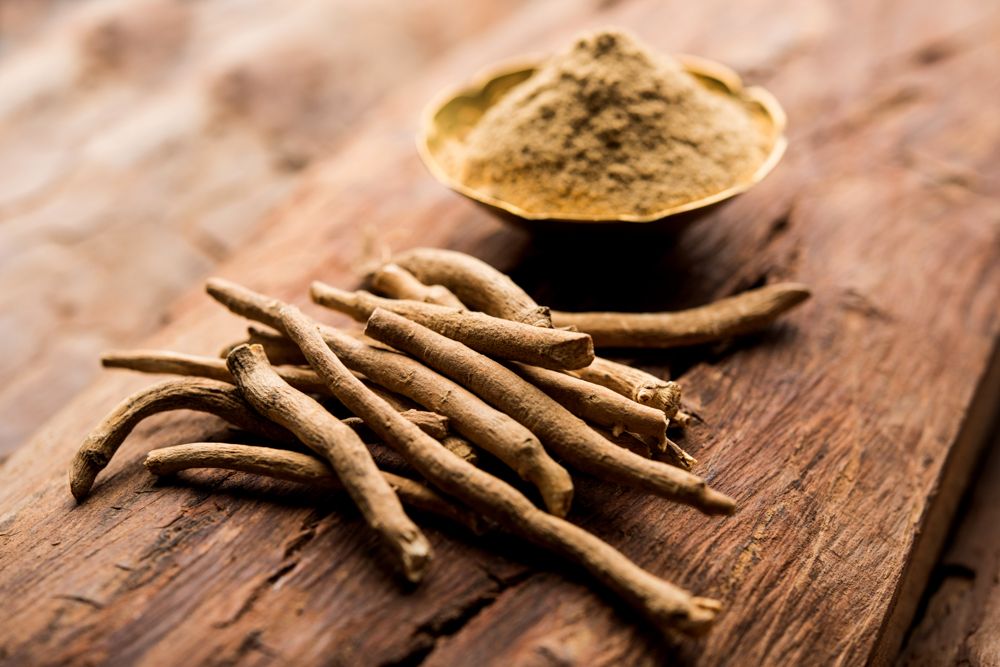
An essential herb in our medicinal garden, ashwagandha or Indian ginseng can be grown in your own kitchen. In Ayurvedic medicine, the roots of this plant are believed to be used extensively. The consumption of tea made from this herb can provide relief from anxiety and depression and aid mental clarity. According to studies, ashwangandha may also have an overall immune system boosting effect. So you have a lot of reasons to start growing this herb at home right now.
Place this plant in a dry area that receives abundant sunlight in your Indian herbs kitchen. Well-drained, sandy or clay soil is ideal. Do not overwater this herb as it is water-resistant and requires water in minimal amounts.
#8: Grow Bacopa monnieri or Brahmi at Home
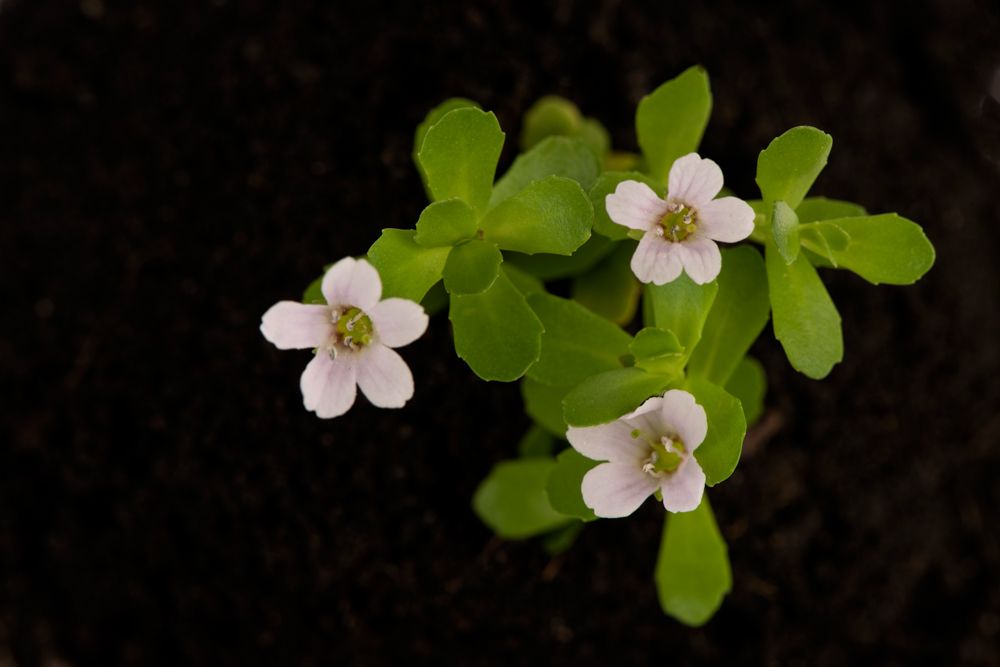
Have you heard of the ability of brahmi to calm the nerves and aid in a good night’s sleep? Mix it into tea, oil, or make a paste out of it to experience the benefits of this herb. From respiratory to stomach problems, brahmi has been used to treat a lot of ailments in traditional Indian medicine.
You can take small stems with roots and plant them. Within a short period of time, these saplings start growing. Before planting the stems, fill the chosen pot with a potting mix. Place the pot on a plate and ensure that there is a drainage hole in the pot. Once the plant starts flowering, you can cut the stems with leaves as per your need.
Bonus: Grow Boswellia or Shallaki at Home
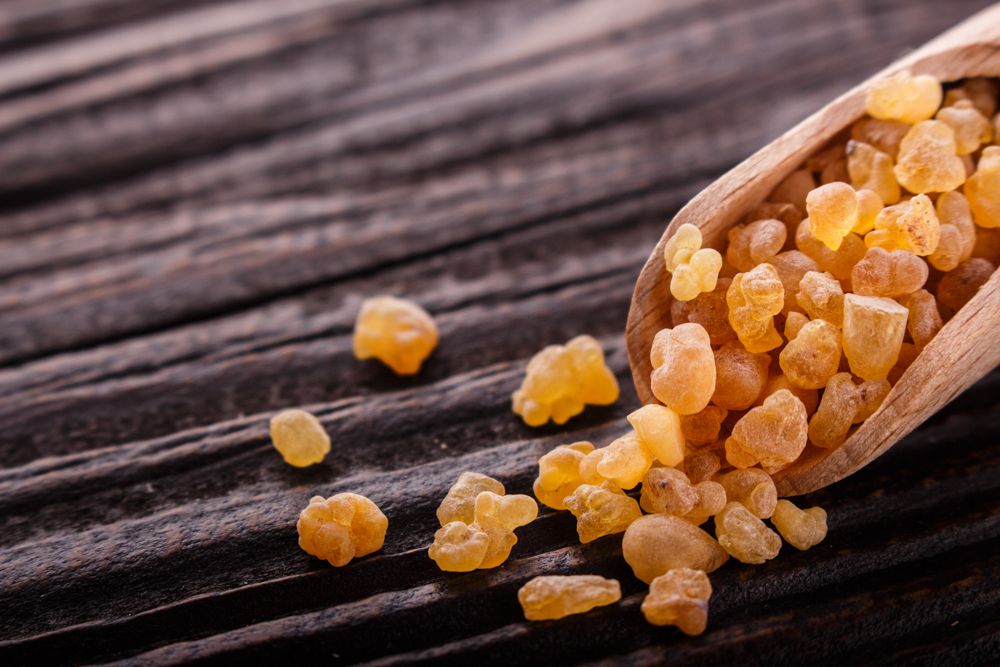
For ages, shallaki has been used to treat joint pain and arthritis. The bark of this plant is peeled away to yield a gummy oleoresin that is used as a medicine. Though this one of ayurvedic herbs cannot be grown exactly on your window sill, if you have some space in your garden, consider planting this tree outside. Give it abundant sunlight and water, and it can grow in any type of soil in your Indian herbs kitchen.
How to maintain a kitchen herb garden?
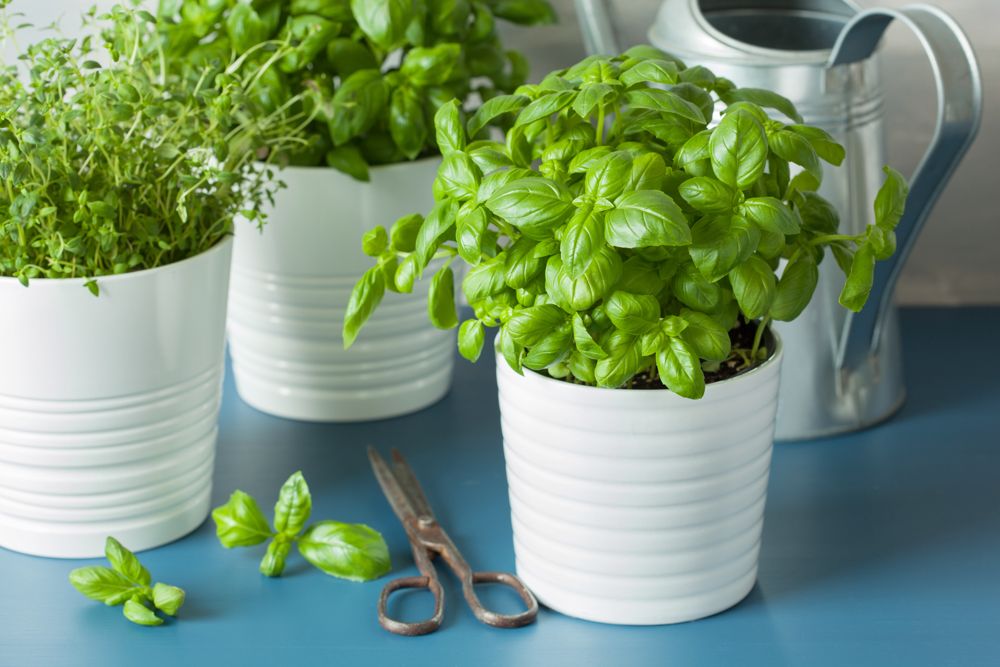
Here are some tips on ways you can ensure your herb garden stays fresh and blooming for a long time:
- Ensure that the pots you use have a draining system or pick self-draining pots
- Make sure you use specific indoor potting soil
- Sunlight is a key element for most herbs
- Water them but not too frequently
- Make sure you grow each herb in a different pot
- Good air circulation is important for your herbs to be healthy
- If you are a first-timer, then go for a small pot initially and gradually increase the quantity.
Use these herbs to get started with your kitchen garden and pave the way for a healthier, tastier lifestyle. You should also check out 5 Creative DIY Ideas To Grow A Vertical Garden, if you love doing things on your own.
Also, if you’re planning to start your own garden, then take a look at this: Natural Pesticides for Your Home Garden
Send in your comments and suggestions to editor@livspace.com

